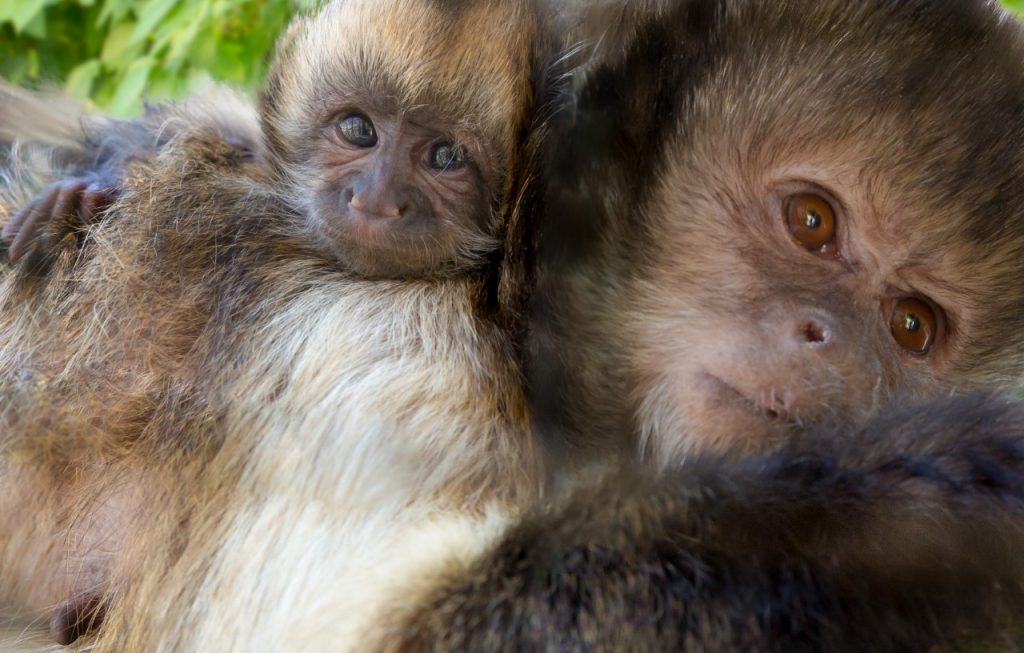Nutrition as a Major Facet of Reptile Conservation
Citation
Oftedal OT, Allen ME. 1995. Nutrition as a major facet of reptile conservation. In Proceedings of the First Conference on Zoo and Wildlife Nutrition, AZA Nutrition Advisory Group, Scarborough, OT.
Abstract
The importance of nutrition has not received much recognition in conservation biology. However, captive breeding is only possible if nutritional requirements are met, and effective habitat management requires an evaluation of nutritional resources. Three examples involving reptile conservation are presented. The formulation and testing of experimental meal-type diets proved essential for the large scale rearing of green iguanas (Iguana iguana) in Panama and Costa Rica, thousand of which have been released into the wild. Survival and growth of captive land iguanas (Conolophus subcristatus) in the Galapagos was markedly improved by development of a complete feed based on locally available ingredients; this permitted reintroduction to islands where they had previously been exterminated. A large-scale research project on the nutrition of the desert tortoise (Gopherus agassizii) in the Mojave Desert has identified nutritional constraints that may limit utilization of potential food plants. This suggests that competition with grazing cattle may revolve about specific plant species of high nutritional quality. Agencies responsible for management of tortoise habitat have recognized the importance of nutritional factors; the research is funded by federal and local agencies committed to tortoise conservation. We anticipate that nutrition will play an increasing role in reptile conservation programs.
 Reptile Conservation.pdf 78 KB
Reptile Conservation.pdf 78 KB








